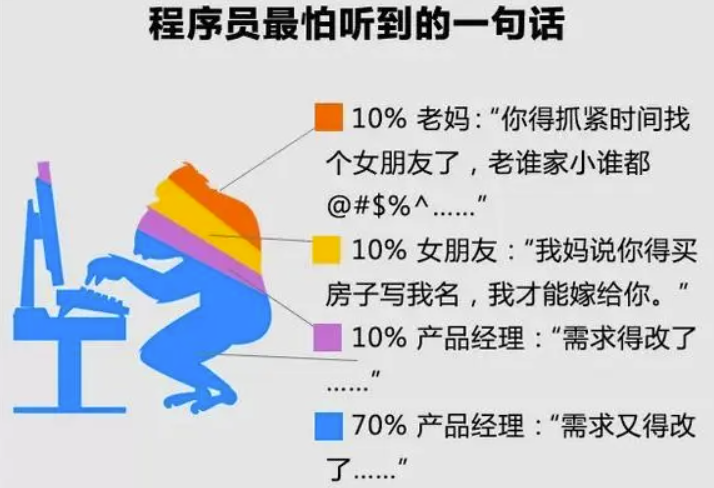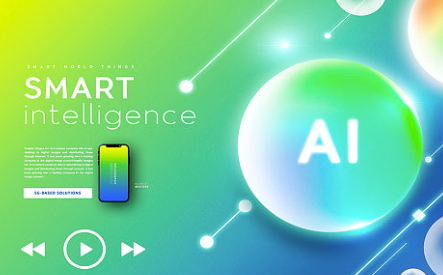Atomic absorption spectroscopy (AAS) and UV-Vis spectroscopy are both analytical techniques used to determine the concentration of chemical species in a sample. However, they differ in their application and detection methods.
AAS is used to measure the concentration of individual atoms in a sample by analyzing the absorption of light by ground-state atoms that are excited to higher energy levels when exposed to radiation. AAS requires a separate light source for each element being analyzed, making it more selective and sensitive than UV-Vis spectroscopy. It is commonly used for trace metal analysis.
UV-Vis spectroscopy, on the other hand, measures the absorption of ultraviolet or visible light by molecules in a sample. This technique is less selective than AAS as many different types of molecules can absorb at similar wavelengths. UV-Vis spectroscopy is commonly used for the quantification of organic compounds such as proteins, nucleic acids, and pigments.
In summary, while both AAS and UV-Vis spectroscopy are based on the principle of light absorption by matter, they differ in their application and detection methods with AAS being more selective for individual elements while UV-Vis is useful for quantifying organic compounds.




















